Tranquebar – A 400 year old Danish settlement in India
Tranquebar Danish Settlement in India
Driving down the Coromandel Coast of Tamil Nadu, I visit small fishing hamlets that were once colonies of the West. The Dutch, the Danes, the Portuguese, the French and the British had all been here fighting for control over present day Tamil Nadu and Pondicherry. A weekend getaway and a road trip from Chennai takes me on a quest to look for these erstwhile Coromandel Colonies . It finally ends with Tranquebar, a 400 year old Danish settlement in India.
The breeze lifts our spirits as we hear the music from the sea shore. Tarangambadi means just that – the town of the singing waves. And as we walk towards the waters, the lilting tune haunts us. The waves gently stroke the rocks which seem to be a remnant of an old wall. The beach is littered with colourful boats .The nets are scattered as the kids run around. A big Indian family jump on to a boat and take pictures , while a few enjoy a swim. Couples stroll around as I watch the skies come alive with the evening colours .
Tarangambadi or Tranquebar (Trankebar) as this Danish settlement was called found its way in the history map in the 17th century when the Danish East India company built the Fort Dansborg . It was in 1620, a Danish fleet landed here and the captain identified it as a strategic trading centre. The village was then ruled by the Nayaks from Thanjavur . A deal was struck between the king, Vijaya raghunatha and the Danish admiral Ove Gjedde. A small strip of an insignificant fishing hamlet was leased from the king for an annual rent of Rs 3111 and Trankebar was created with the Dansborg Fort built right in the centre of it.
While the Danes traded in spices and silks it was finally sold to the British for Rs 12.5 lakhs in 1845 .Today the fort , with a Scandinavian feel about it opens out into the sea and is now a museum that tells a story of a busy port which has now become a wind blown village.
When we enter the portals through the “ “Landporten” or the town gate, we walk into a past that has a washed out charm. The gateway sports the Danish Royal seal and leads us through a row of colonial bungalows and ancient churches. The streets still sport their old names –King’s Street, Queen’s Street , Admiral’s Street and the Goldsmith’s street . Restoring the streets and the bungalows and houses is INTACH which also runs a craft shop here . There is the Gate House and the Nayak House, sporting an old world charm .
I walk into the erstwhile home of the Danish Governor which is being restored as a museum and library. .Elsewhere inside the town is the Maritime museum in a thatched hut showcasing the life of the fishermen .
Along the shore is the ravaged Masilamani Nathar temple, the oldest monument that has survived in Tranquebar, An inscription says that this partially eroded temple was built on a land granted by King Maravarman Kulasekara Pandian in 1306. The village was then referred to as Kulashekarapattinam or Thayangambadi.
In the middle of the beach is a small cross that commemorates the visit of German missionaries Bartholomaus Ziegenbalg and Heinrich Pluetschau who were apparently invited here by the Danes . Tranquebar seems to owe much of its development to them rather to the traders . “ Ziegenbalg was not even treated properly by the Danes here ,but he studied Tamil , translated the Bible into English, built churches , built a printing press here ,” narrates a school teacher. Tranquebar still proudly presents his house and school , which are getting restored as well .
I walk back to the beach and wade in the waters. Dripping with foam, they gather around my feet as my toes snuggle into the sand refusing to let go. Sipping a cup of ginger tea, I sit on the rocks as the melody from the waves reach a crescendo. It is almost like a haunting tune from the past. As I pen my travel diary, the little snippets of history from these forgotten ports play in my mind. The passage of time may have eroded their identity and they may have slowly faded away from the political maps , but the glory of these long lost towns will probably never fade away . It is hidden , waiting to be discovered…
Read more about my entire journey along the Coromandel Coast
Driving down the Coromandel Coast – 1

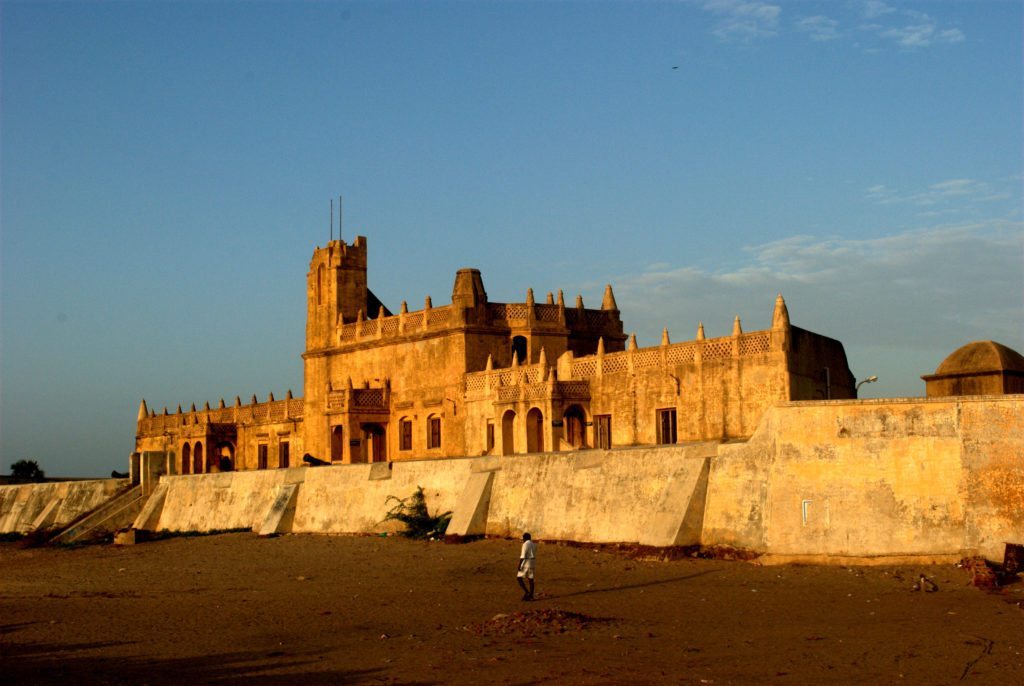
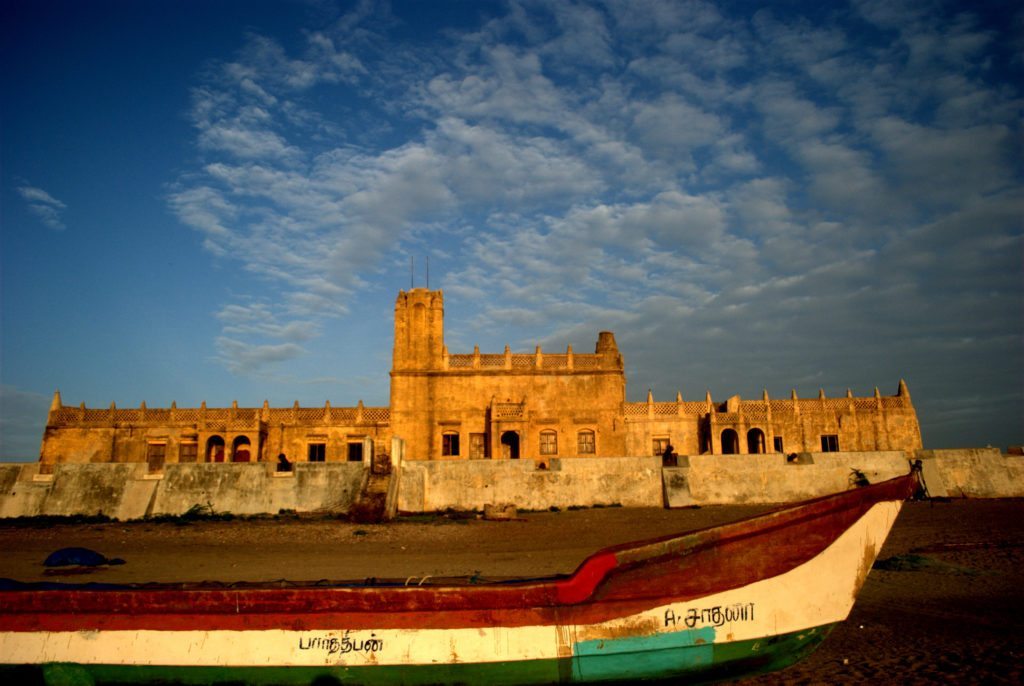
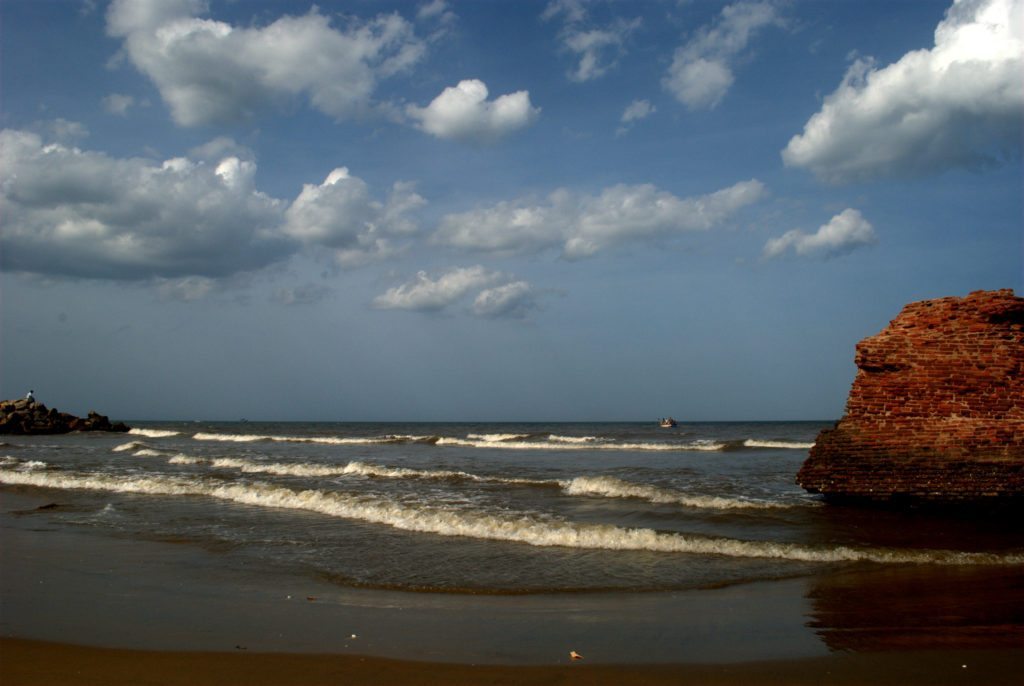
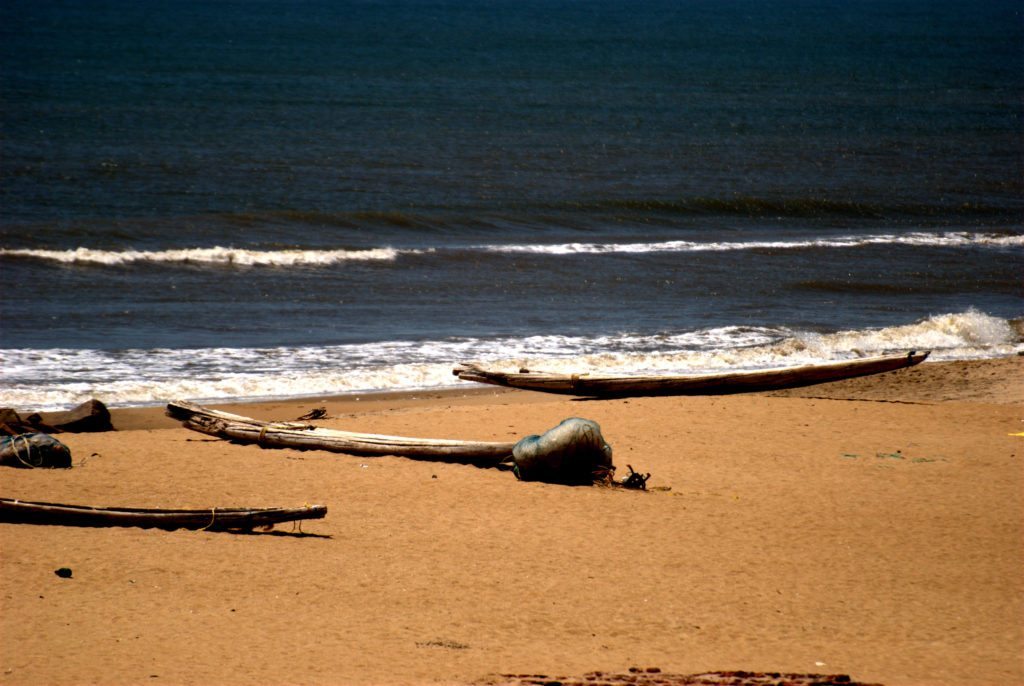
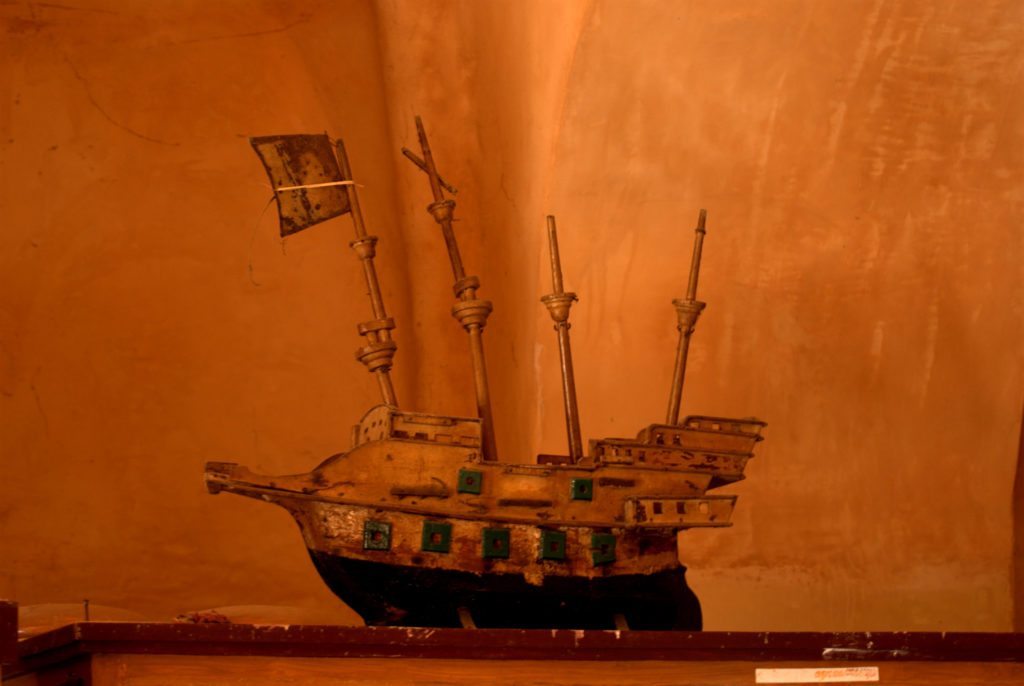
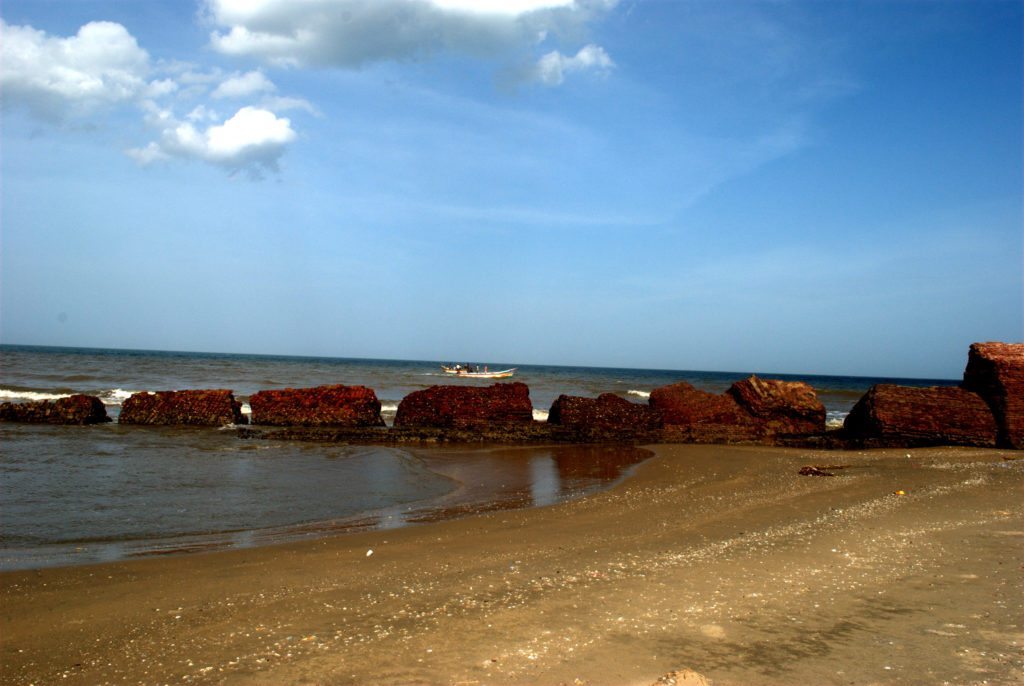
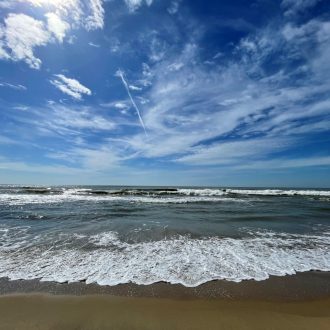
I didn’t know that even the Danish were here in India. 🙂 Nice little castle. Good to know that many things are being restored now. While travelling in Europe, I have seen how much they have preserved even the smallest of their artifacts. Indians should do the same.
Excellent peep into the past. I wish the Govt of Tamil Nadu is able to develop these gems of tourism spots. Thanks Lakshmi for this excellent article. I wish I could use it.
Tranquebar is such a beauty! I remember how it took us forever to get there. And once there we did not want to leave. Read about my visit here: http://off-the-map-mytravelogue.blogspot.in/2014/06/tranquebar-land-of-singing-waves.html
Beautiful article, Lakshmi. This could not have come at a better time. Heading there shortly.
Had heard about Tranquebar, but did not know that the fort had survived intact – unlike so much else of our history. Great to hear that it is being restored.
A lovely post. Hope to visit it the next time I am in Chennai. Can you drive down from Chennai?
Thanks for posting old history of india. keep it up……..
Did u stay at Tranquebar? If so could you please share a few options.
Thanks
There is only one Neemrana which is good…
I enjoyed your informative posts about Tamil Nadu. My first visit to Madurai and Rameshwaram was in August 1966 during a swing south from Panjim to points along the coast to pristine Kovalam Beach, long before tourism brought ugly hotels and development, then on by train to TM. I have many digitized slides now almost 50 years old. My second trip to TM was in 1975 when I was seeking handicrafts to export. My third visit was to attend a wedding in Erode about ten years back. If you wish, some of my early photos may be viewed here: https://picasaweb.google.com/112501480054417250331. Keep on jogging and blogging, Lakshmi. I’ll be reading them.
Waah! Never knew something like this existed.
Intriguing.